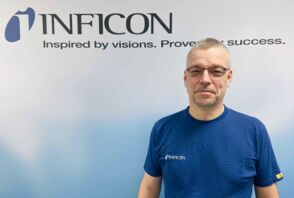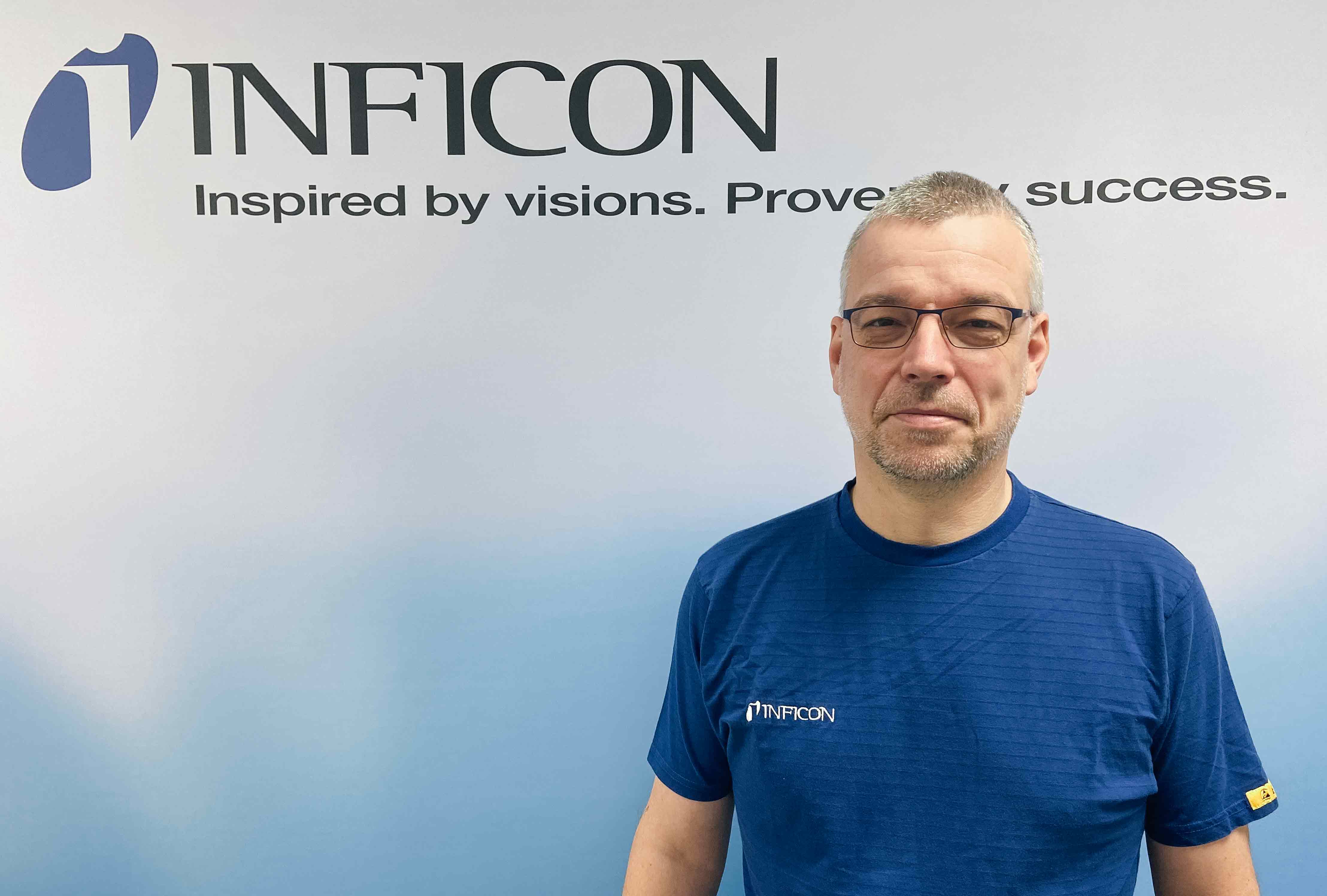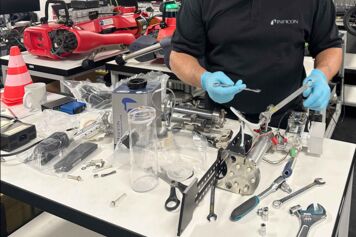At the Bottom of the Sea of Facts
Expedition in the South Atlantic: On the trail of emissions from the seabed. The use of an underwater mass spectrometer to investigate the methane sources.
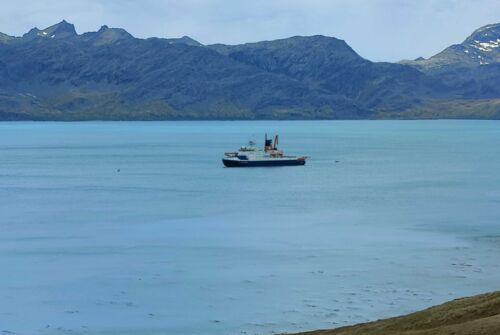
Enormous quantities of methane are trapped in the seabed and off the coasts around the world. The question that concerns scientists worldwide is: Where are these sources located and what proportion of the greenhouse gas is released into the atmosphere? The Alfred Wegener Institute Helmholtz Center for Polar and Marine Research (AWI) uses an underwater mass spectrometer to investigate these methane sources. The Transpector® CPM from INFICON plays an integral role in this measuring system.
Methane (CH4) is the most harmful greenhouse gas after CO2. It is becoming increasingly important because tipping point effects, such as the melting of permafrost soils in Siberia or the decomposition of gas hydrates in oceans, are releasing it into the atmosphere in ever higher concentrations.
Various possibilities of development
In aquatic systems, there are various ways in which methane can be formed: on the one hand, methane in deeper layers is an end product of petrochemicals. Gas reservoirs are often located above oil deposits. Methane can reach the surface through cracks in the sediments and seabed.
Another submarine methane source arises from the microbial decomposition of organic material in lower sediment layers of aquatic systems.
How much methane is released into the atmosphere?
As climate change progresses, the marine sediments that store the greenhouse gas are warming up and increasingly releasing the colorless and odorless gas as they become supersaturated. The crucial question for the concentration in aquatic systems is therefore: How much methane from the sea floor is released into the atmosphere to accelerate global warming in the global carbon cycle? To answer this question, the submarine methane sources must be investigated in detail.
Localize methane leaks
The in-situ use of an underwater mass spectrometer (UWMS) is suitable for this purpose. This method can be used to localize and quantify active methane leaks. The main advantages of this technique are the very short response time at elevated concentrations and the measurement rate of dissolved gas concentrations, which is up to 750 times higher than other methods. This high data density allows for more precise spatial and temporal mapping of methane sources.
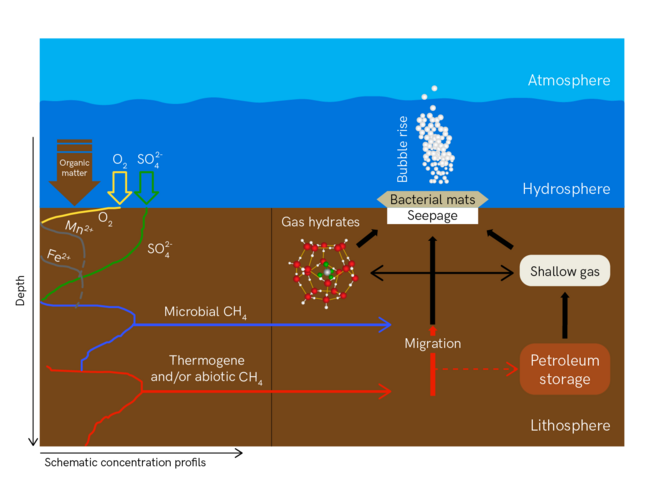
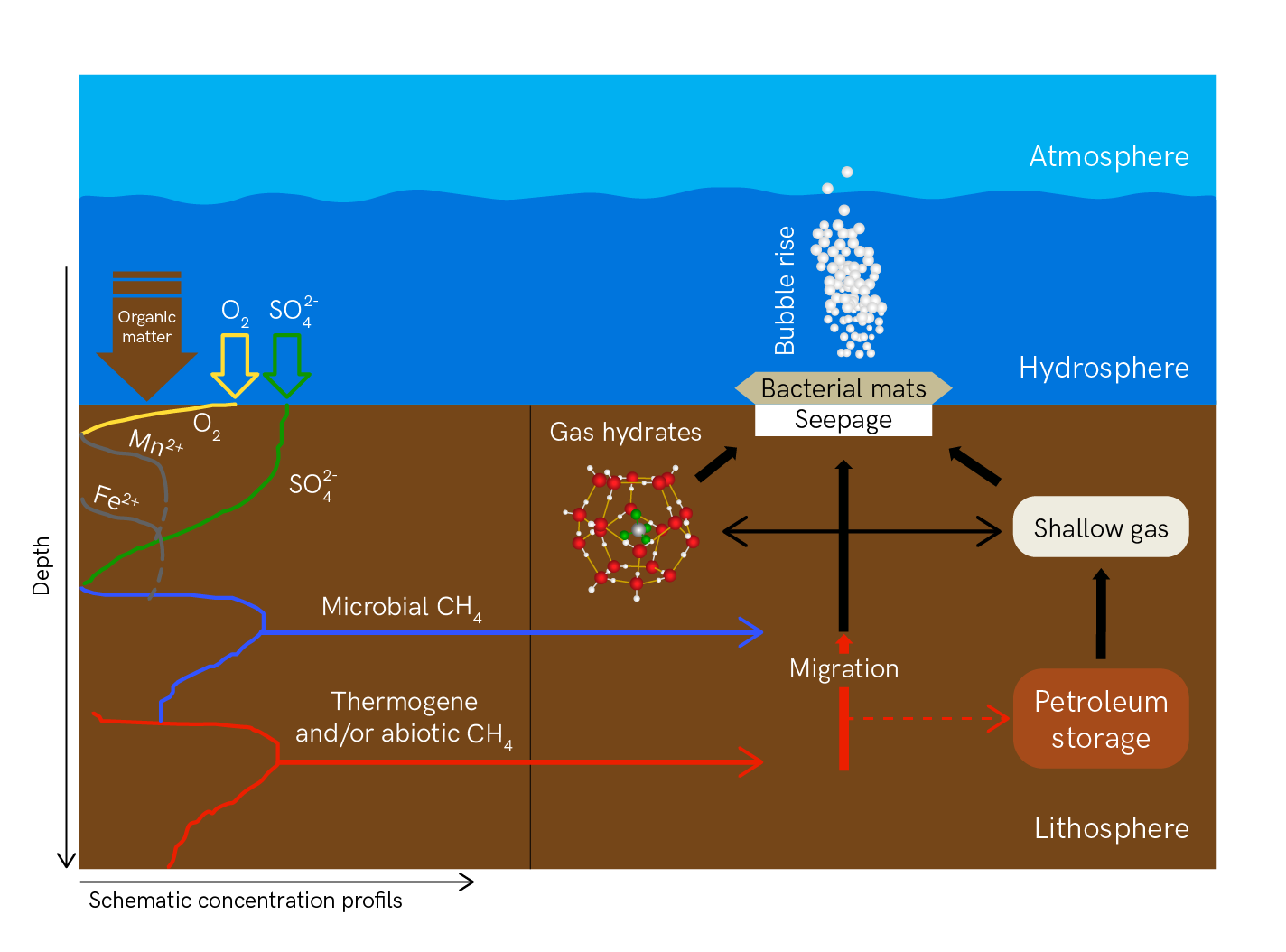
Precise, fast and user-friendly
The UWMS consists of a membrane inlet system for sampling and a sensor unit in which the water-soluble gases and light hydrocarbons are measured online and in real time. The core of the sensor is a mass spectrometer. The AWI has long relied on the Transpector® CPM from INFICON for its UWMS for researching methane deposits in aquatic systems. With its measurement accuracy and speed, the system contributes significantly to the data stability and user-friendliness of the underwater mass spectrometer.

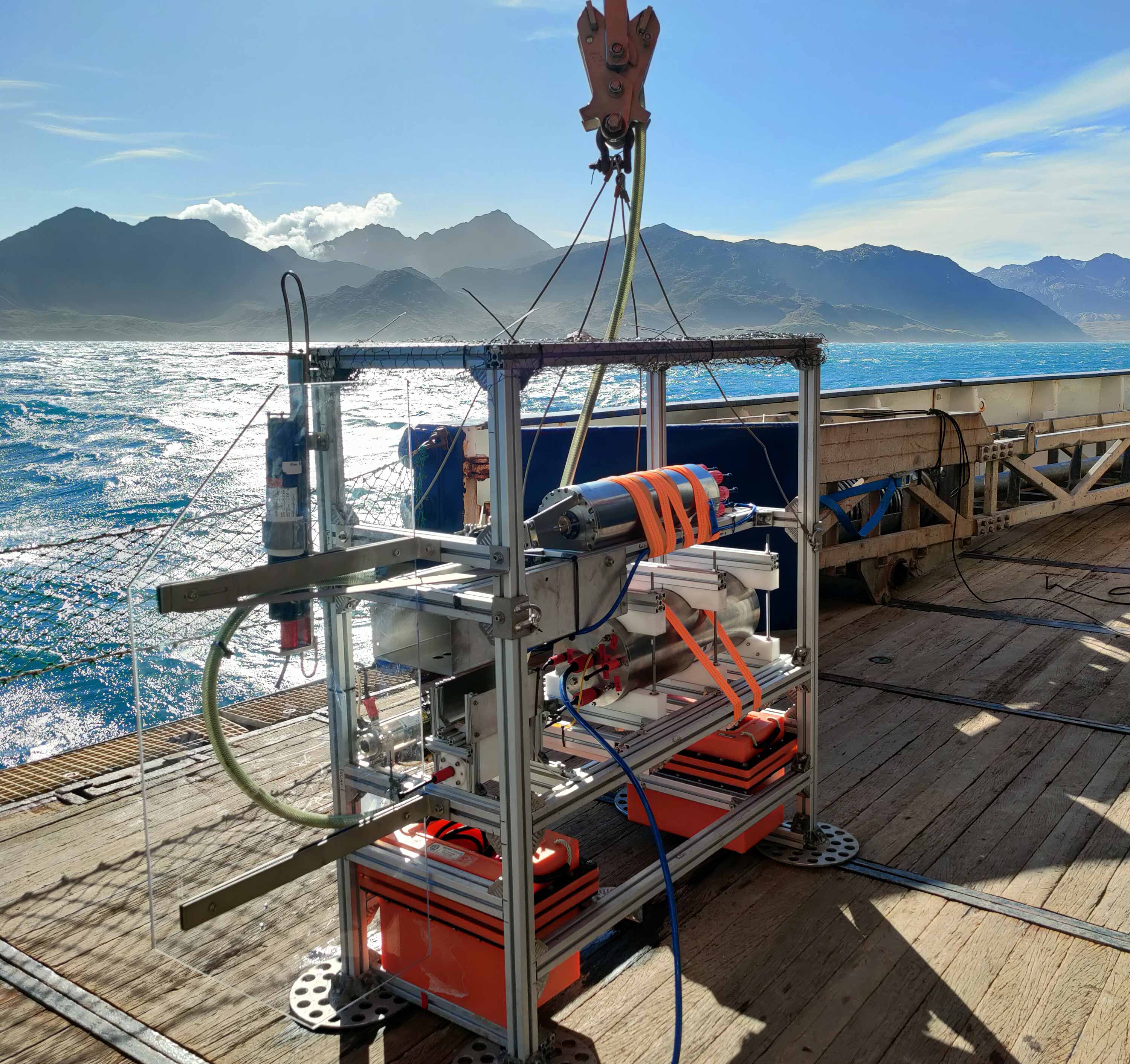
Expedition in the South Atlantic
This was also the case in December 2022, when the polar research and supply ship Polarstern was last on an expedition near the South Georgia archipelago in the South Atlantic to explore methane sources there with the underwater mass spectrometer. The German icebreaker, which celebrated its 40th anniversary in the year of the expedition, is one of the world's most powerful polar research vessels. The Polarstern can travel through 1.5 meters of Arctic ice at a constant speed. This makes it one of the most powerful polar research vessels in the world. On board: scientist Dr. Torben Gentz from the Marine Geochemistry Department at the AWI and engineer Malte Höhn.
Service deployment ensures examinations
The researcher reported that the UWMS was not operational due to damage during transportation to the edge of the Antarctic. "I contacted our contact at INFICON, Steffen Tippmann, to carry out the research anyway. After the captain diverted the entire data volume for our computer, Steffen Tippmann was able to get the device up and running again after remote troubleshooting and a system rebalancing," says Dr. Gentz, describing the service call.
"Remote maintenance only works up to a certain point and then you have to get to the hardware. But the AWI not only has clever scientists, but also skilled technicians. They successfully carried out the necessary hardware intervention and we completed the rest remotely," says Steffen Tippmann.
Dedicated support
Dr. Gentz knows how to appreciate such fast and committed support because he has been actively involved in the UWMS project since 2006: "We have been using the device at the AWI since 2005. The background to the purchase was to develop a platform that could be used to collect climate-relevant data," he recalls. The system as it is used today has almost nothing to do with the original device: among other things, there is a new control unit and new vacuum pumps. "The only remaining component is the CPM from INFICON," emphasizes Dr. Gentz.
Cryotrap improves detection limit
"Since then, we have been constantly optimizing. During my thesis, I developed a cryotrap that can remove up to 95 percent of the water vapor in the total volume flow, so we were able to improve the detection limit by a factor of 10. We are therefore no longer at 100 nmol/L, but only at around 10 nmol/L," emphasizes Dr. Gentz. This means that the device can be used at all in these regions to obtain valid data.
Echo sounder measurements locate outgassing points
In the early days, fishermen knew where the outgassing points of methane or CO2 were located because schools of fish prefer to swim in places where gas bubbles rise, explains Dr. Torben Gentz. With modern methods such as echo sounder measurements, more and more outgassing sites are being discovered worldwide, for example on continental slopes. These measuring devices are mounted under the ship and thus measure the seabed. ROVS (Remote Operating Vehicles) or AUVS (Autonomous Underwater Vehicles), in which the measurement technology is integrated, are used for extremely high-resolution measurements of the seabed.
Gas bubbles on the water surface
The decisive factor for research is what proportion of the rising methane rises through the hydrosphere into the atmosphere. The denser the outgassing points are on the water surface and the lower the water column above them is layered with different water masses, the more methane can reach the surface. In the North Sea, for example, there are sources at a depth of only around 40 meters. "The gas bubbles can be seen on the water surface there," explains Gentz.
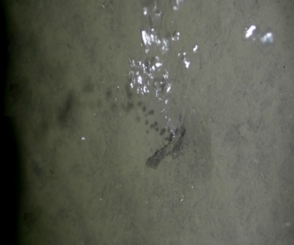
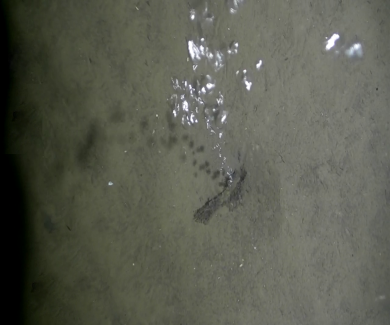
Continuous further development
Gentz describes the project and the use of the underwater mass spectrometer as a success, but one that must be constantly developed further. The motivation for this is high: "In recent years, I have completely rebuilt the system again together with Malte Höhn - with the result that we have improved the operating depth from 200 meters to 3000 meters." This involved building a completely new pressure vessel made of titanium that is suitable for these depths and completely redesigning the sample inlet system.
Data for IPCC report
The division of tasks after collecting the data is clear: "We scientists can only point out the developments, scenarios and possible consequences. And to do this, we first need to understand what is going on there with the help of our systems." Of course, what happens with these findings in the next step is a completely different matter. A large number of renowned AWI researchers are involved in this process. Dr. Gentz notes that the processed data ultimately flows into the assessment report of the Intergovernmental Panel on Climate Change (IPCC), among other things.

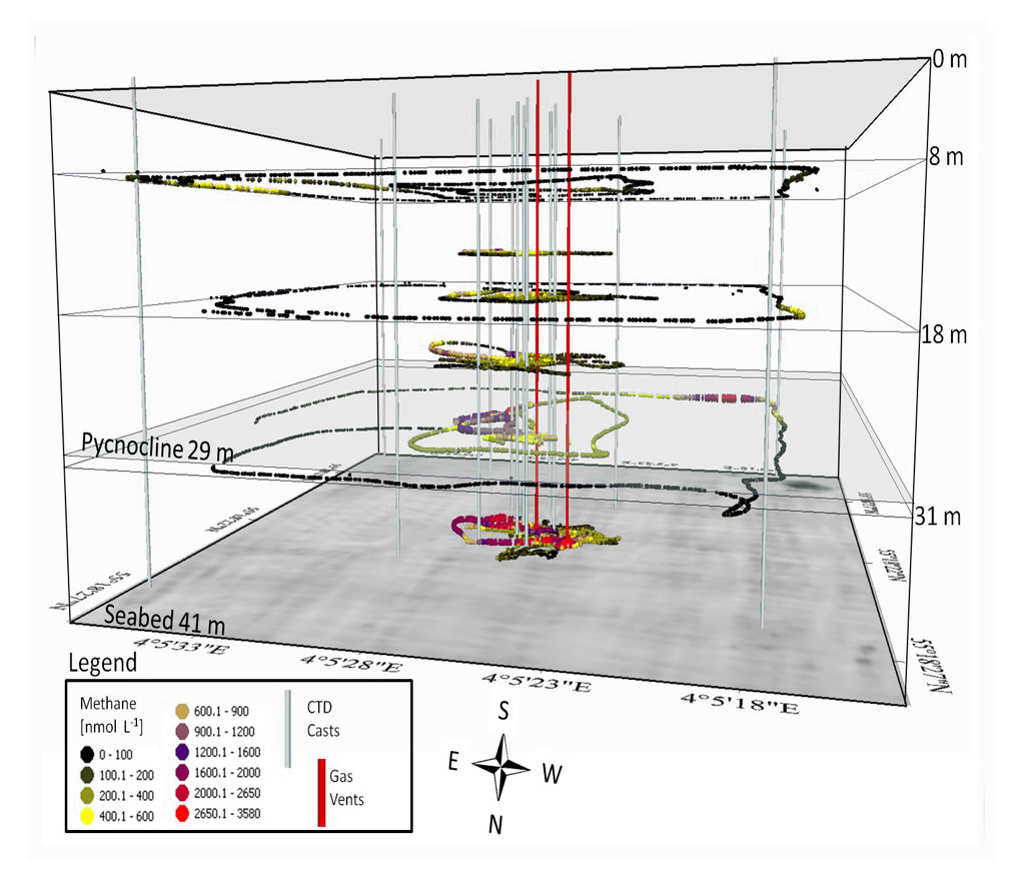
Scientists independent
The report is handed over to politicians, for example. Similar to the report of the German Council of Economic Experts, which documents the current situation. "What then happens with it is up to the politicians. As scientists, we have to free ourselves from that," says Gentz. The scientists' motivation is to find out the role of the oceans in the global climate system. "The greenhouse gas methane has come to the fore for us and we have looked at the methods with which these relationships can best be measured."
Proven in semiconductor production
INFICON Transpector Compact Process Monitor (CPM) systems are often used in semiconductor production and in the SEMI sector for process monitoring and control as well as for contamination monitoring. Combined with the FabGuard Integrated Process Monitoring (IPM) software, complex system solutions can be implemented in industry. CPM systems are also used in research, chemistry, material analysis and physics. This is where the advantage of the closed ion source comes into its own. It can be used to ionize directly at process vacuum (process pressure) or at a much higher pressure than with an open ion source. A differential pump system, as installed in the CPM, is a prerequisite. This can be supplemented by a variable, switchable inlet system, which can be used to cover a wide analysis pressure range from atmosphere to high vacuum.
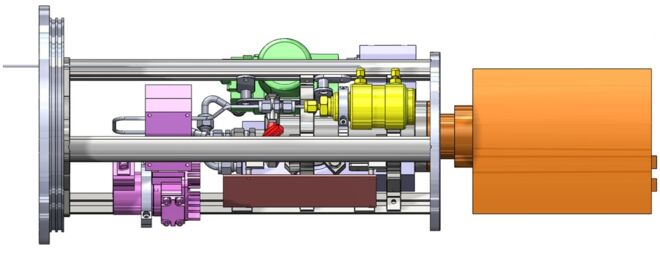
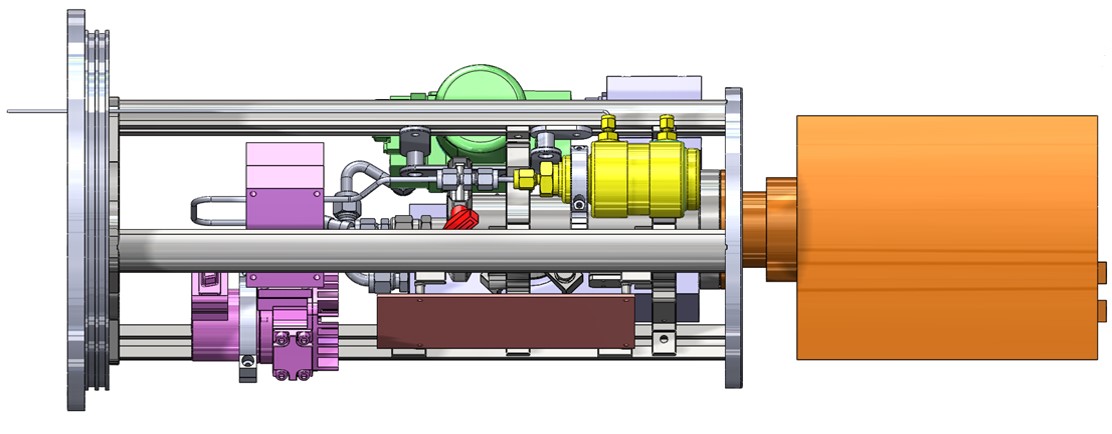
Advantage: closed ion source
Special applications such as in the AWI also take advantage of the closed ion source; the process gas is ionized at a higher pressure than with an open ion source. This achieves a higher ion yield, a higher number of charged particles, which can be separated in the quadrupole according to their mass-to-charge ratio and displayed. The result is a much more precise and detailed statement for further processing in research or process control.
The Team
This important research project involved an exceptional collaboration between the Alfred Wegner Institute and INFICON.
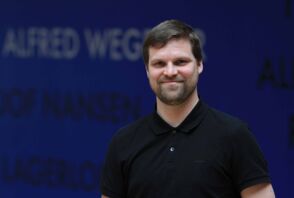
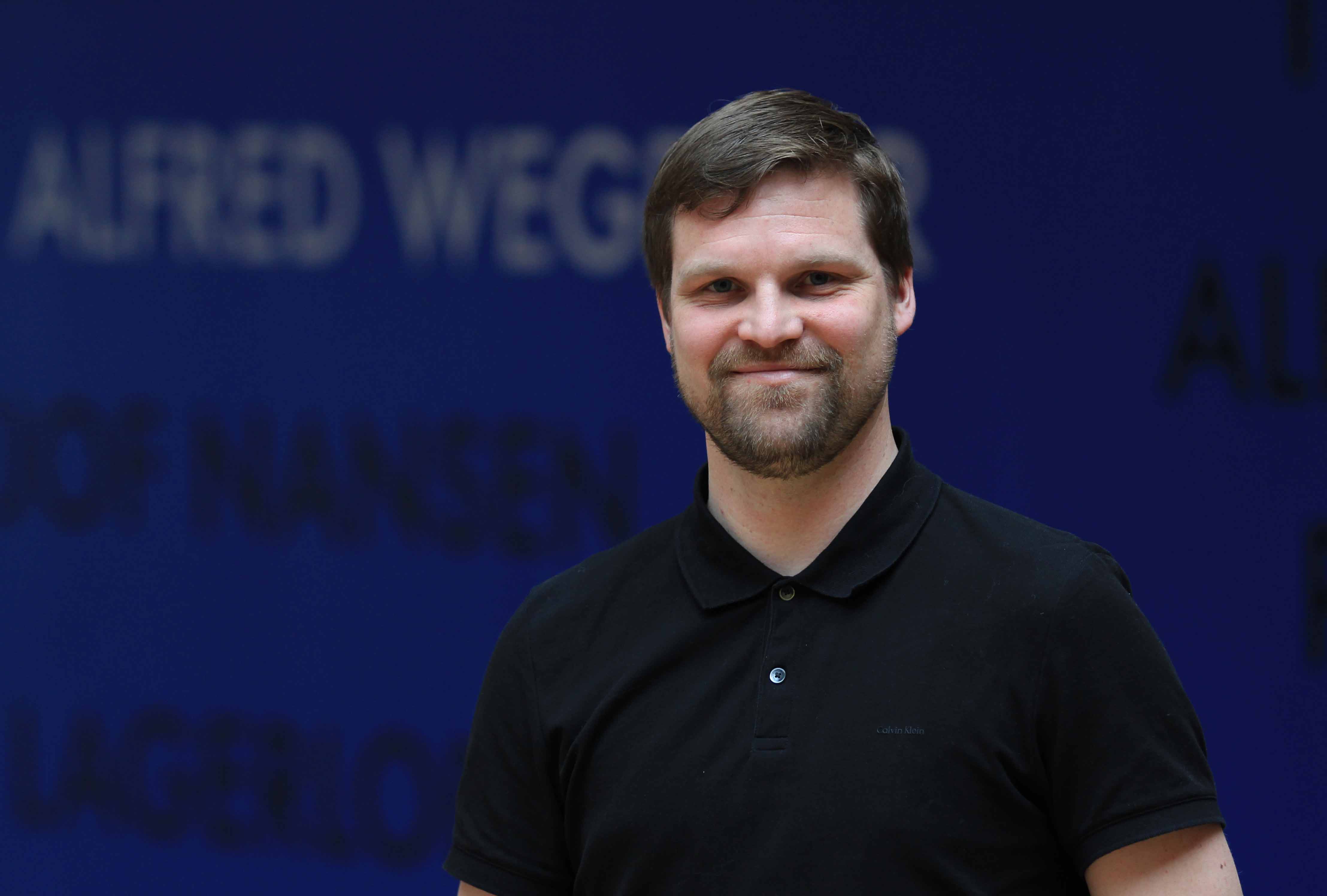
The commitment and expertise of Dr. Torben Gentz, who led the project, and Malte Höhn from the Alfred Wegener Institute, as well as the efforts of Steffen Tippmann from INFICON, led to success.

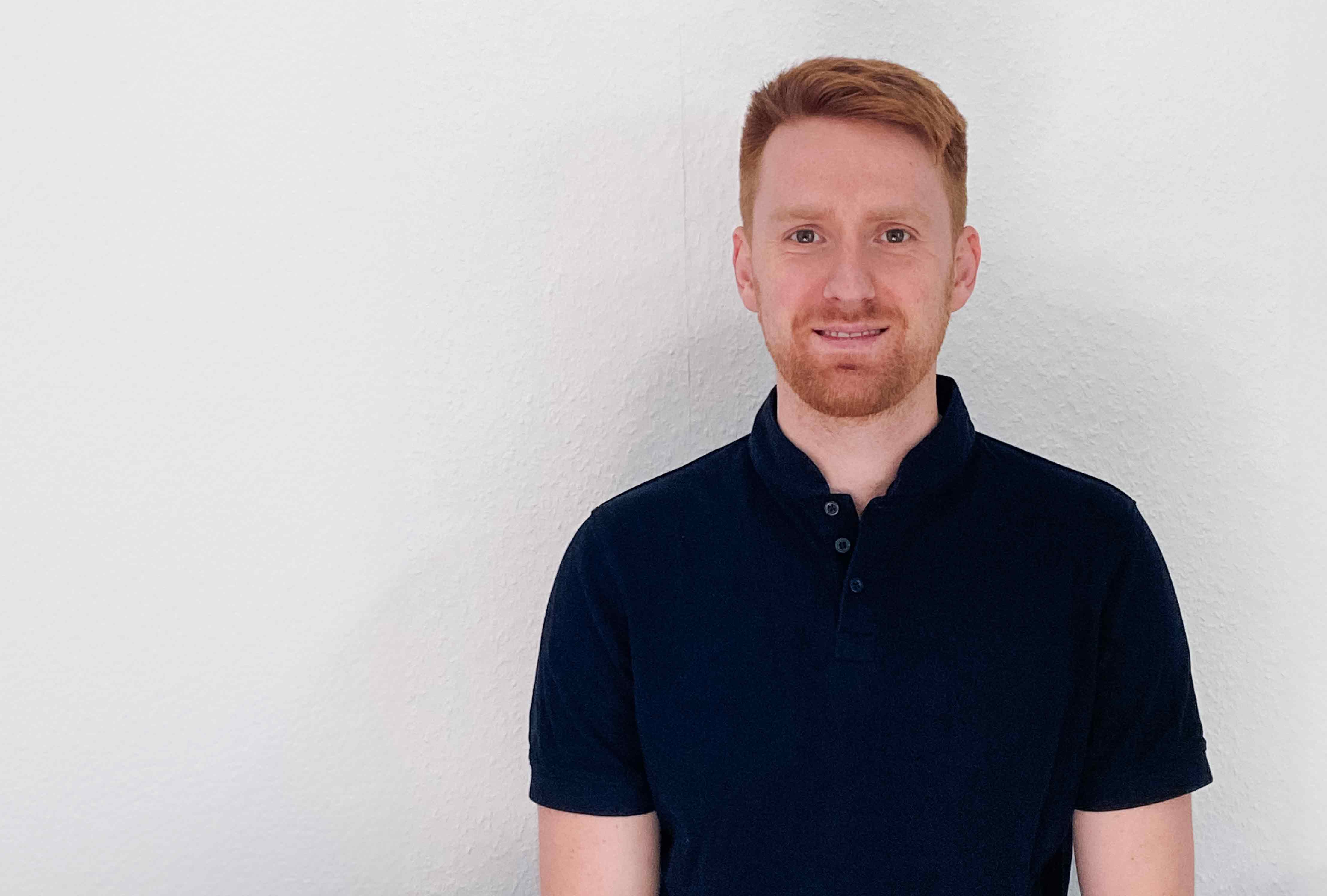
Passion for science, innovation and technology, as well as enthusiasm and flexibility on both sides were crucial in this challenging project to localize and quantify underwater methane leaks.
